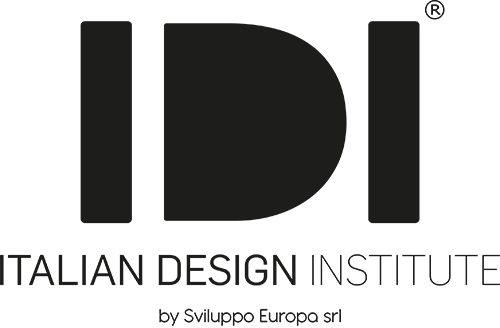In recent years we have heard more and more about NFT and digital arta different way of making and selling art, linked to the blockchain technology and cryptocurrencies.
Blockchain technology has helped change the functioning of numerous sectors and, as a digital ledger, has mainly been used to facilitate the tracking of information. Following the appearance of the Bitcoin marketthe first ever cryptocurrency, more than 1,500 new cryptocurrencies were introduced. Crypto art.
Crypto art refers to a new way of interpreting the traditional art market; in fact, each work of art is unique and is registered on blockchain platform via NFT: certificates of ownership and authenticity that are used to register the acquired domain duly stipulated between seller and buyer, without the need for any intermediary.
The absence of intermediaries allows subjects to exchange a digital artwork instantly, quickly, securely and an infinite number of times.
Digital art and traditional art compared
The speed of the exchange of works between subjects is therefore a first major difference to the traditional art world.
There is a change in the figure of the artistwho in such cases is not only the main promoter of his work but must also be equipped with the financial skills and technological knowledge necessary to manage the encryption of art in the NFT.
Continuing with the parallelism between thetraditional art and digital art The aspect concerning the value of the works emerges: it is not easy to establish a correct quotation of the digital work as it is subject to high volatility.
Crypto art brings with it another major change that must, of necessity, be taken into account: the shift from the traditional concept of 'ownership' to that of 'digital ownership'. In general, a certain distrust of digital objects is recognised.
Some people, however, especially the younger ones, are used to buying and using digital objects while others still find it difficult to understand their use, utility and in some cases their value. However, while for some this may affect the artwork purchasing choices, for others, especially the younger generation, there are no contraindications and owning a digital work may come naturally.
In this respect, artists formerly working in the traditional art world and now in the digital world recognise that the average age of digital art consumers is lower than in the traditional market.
This does not mean that the Crypto art is a market reserved for younger people, but will probably take longer to reach a wider and broader audience, following the reverse path of the traditional art market.
The Master in Crypto Art & NFT -Fashion Cultures, Management and Preservation- IDI
In view of these changes, the art-related professional scenario is undergoing a radical transformation, requiring the search for a creative and dynamic generation.
The Master in Crypto Art & NFT -Fashion Cultures, Management and Preservation- IDI aims to train new artists specialising in cryptographic and NFT art, giving participants an insight into a new reality that is now the avant-garde and the future. The master is aimed at all those who aspire to enter this new world, to get to know and deepen their knowledge of one of the most complex and interesting phenomena of the present and future: art professionals, graduates and undergraduates in artistic, literary and philosophical disciplines, but also graduates from art high schools or similar.
The structure of the master's course, after an introductory phase focusing on technical and practical knowledge to become an artist with skills in crypto art and NFT, comprises a second module divided into three areas:
- Security area
- Area of applications in the visual arts world
- Area of applications in the fashion world.
The first, aims to make candidates understand the dynamics of crimè and security that characterise international cultural trade.
The second, aims to expose students to a historical-functional excursus of some of the most recent artistic and market movements in order to train them in the use of a technical, visual and professional vocabulary.
Finally, with the third, students will delve into the evolutions of the history and economics of fashion, as well as semiotics and sociology, starting from the first avant-gardes of the 20th century and arriving at the present day, which see the largest luxury groups transforming their application and knowledge investment within the worlds of blockchain, NFT.
The training activities are articulated and distributed over 64 hours online (16 meetings, 3 times a week), 4 hours in presence at the Digital Culture Centre in Milan and a part dedicated to individual or group project work for the creation of an nft work or realisation of an end-of-course event/exhibition highlighting the technological, curatorial, aesthetic, technological and legal skills acquired in the curriculum.
At the end of the course, two attendance certificates will be issued: the first for Classroom Phase Attendance and the second for Project Work.
Fill in the information request form on the site and find out the details of the Master in Crypto Art & NFT -Fashion Cultures, Management and Preservation!




